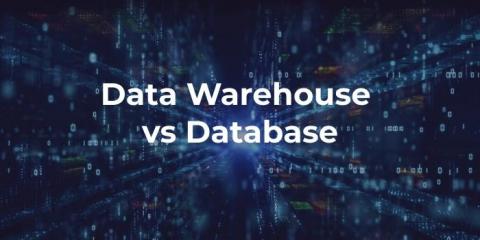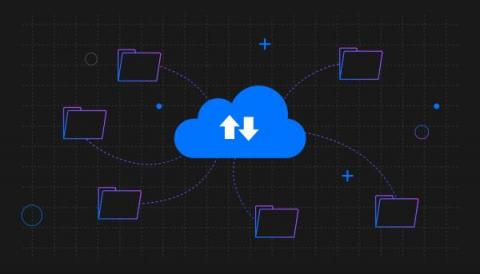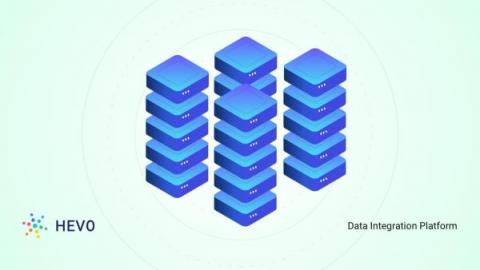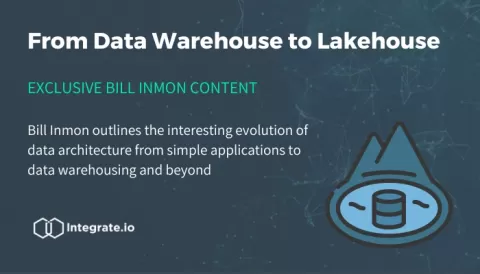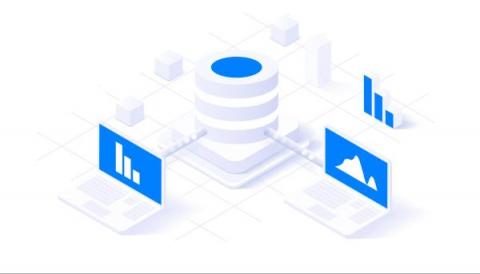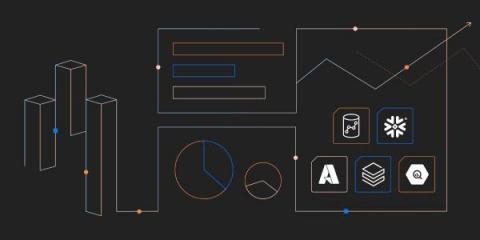Systems | Development | Analytics | API | Testing
Data Warehouses
Isn't the Data Warehouse the Same Thing as the Data Lakehouse?
HTPA - Pie in the Sky
How to load data from Salesforce to Redshift: A definitive guide
In this guide, you will learn about various methods to transfer your data from Salesforce to Redshift.
Fivetran vs. Matillion vs. Integrate.io: A Comprehensive Comparison
The modern data warehouse: Benefits and migration strategies
Is your data warehouse modern enough? Learn the differences, benefits and available tools and strategies for easy migration.
Data Warehouse Best Practices: 6 Factors to Consider in 2023
Data warehousing is the process of collating data from multiple sources in an organization and store it in one place for further analysis, reporting and business decision making. Typically, organizations will have a transactional database that contains information on all day to day activities. Organizations will also have other data sources – third party or internal operations related. Data from all these sources are collated and stored in a data warehouse through an ELT or ETL process.
From Data Warehouse to Lakehouse
What is a cloud data warehouse?
A data warehouse is a centralized storage system for structured data. The data stored here is used for reporting, analytical processing and business intelligence.
Cloud Data Warehouse Benchmark
Our newest benchmark compares price, performance and differentiated features for Redshift, Snowflake, BigQuery, Databricks and Synapse.


